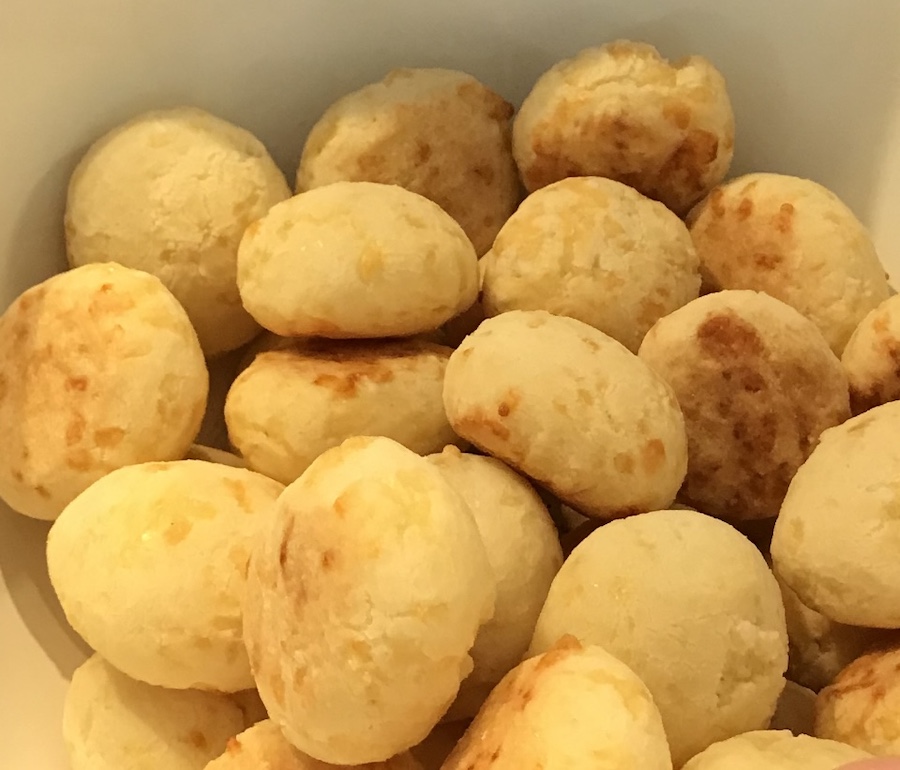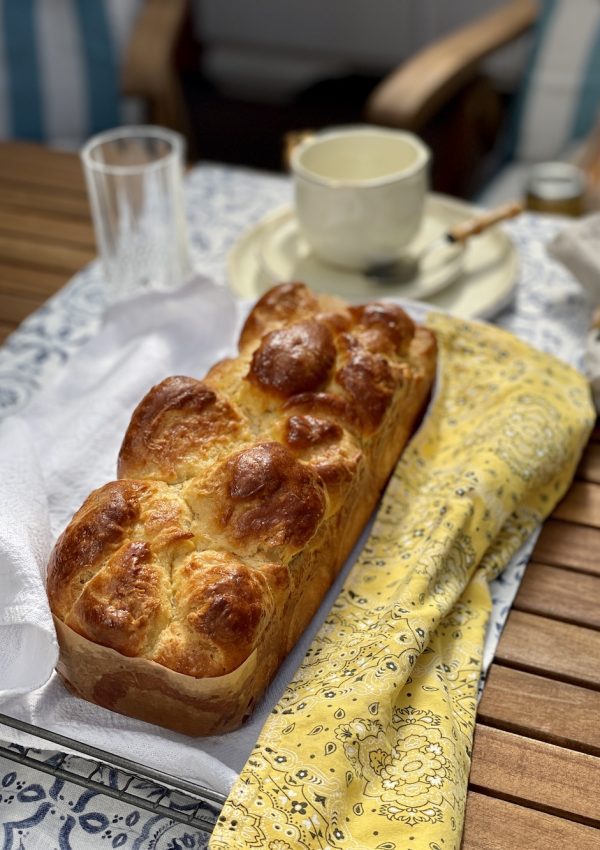To begin with, Gastronomy and Culinary, are there differences?
Gastronomy and Cooking are terms often used interchangeably, but there are actually some important differences between the two.
Culinary refers to the preparation of food and the art of cooking. It is a term that focuses more on technique and skill in cooking, as well as specific dishes and ingredients. It is concerned with what is cooked, how it is cooked, and how it is served. It is the practice of preparing food for consumption, usually in a domestic or professional context.
Gastronomy, on the other hand, is a broader field and covers the entire universe of food and beverage. It includes the history, culture, science, art, and technique involved in the creation, preparation, and consumption of food and beverages. It is concerned with the complete eating and drinking experience, including the presentation of the dishes, the choice of ingredients, the combination of flavors and the appreciation of the food as a whole.
Brazilian cuisine is rich in flavors and influences, the result of a history of cultural and regional blends that have resulted in a variety of unique and tasty dishes.
Its history begins with the indigenous people who inhabited the country before the arrival of the Europeans. They already had their own food preparation techniques, using manioc, corn, fish, and fruit, which were incorporated by the colonizers. Even beans were already found in the diet of the Indians (Cascudo, Câmera in the book História da Alimentação no Brasil), but they were not yet used in daily life, as started to happen with the arrival of the Africans. Even today, dishes such as beju, tapioca, and tacacá are examples of the indigenous influence in Brazilian Gastronomy.
With the arrival of the Portuguese in the 16th century, new ingredients and cooking techniques were introduced to Brazil. The Portuguese brought the culture of meat consumption and the habit of using olive oil for food preparation. In addition, they introduced the technique of salting meat to preserve it, giving origin to the famous carne seca (dried meat), very present in the northeastern cuisine and a great success in a country of continental dimensions, where transporting fresh meat would be a problem when refrigeration did not exist or was rudimentary. Other ingredients were introduced into the country, such as wheat, sugar, and pork. It was from this mixture of flavors that dishes such as feijoada, cozido, and bacalhau (codfish) were born. The Portuguese influence can also be seen in sweets such as pastel de nata and rice cake.
Over the years, Brazilian cuisine has been influenced by other cultures, such as the African, which brought with it new preparation techniques and the use of new elements such as dendê oil, okra, refried beans, coriander, and pepper. It is also responsible for popularizing dishes such as acarajé and vatapá, typical of Bahia.
Over time, it developed and became more and more diversified with the arrival of other Europeans, mainly Italians and French. Today, we can find an incredible variety of regional dishes all over the country. Dishes such as the gaucho barbecue, the northeastern baião de dois and the barreado from Paraná are just a few examples of the richness of Brazilian cuisine.
It has also been gaining more and more prominence internationally, with Brazilian chefs being recognized all over the world. Dishes such as feijoada, picanha, caipirinha, cheese bread, and brigadeiro have already become known in several countries.
In other words: Brazilian cuisine (and also Gastronomy) is a reflection of the country’s history and cultural diversity, being one of the richest and most diverse in the world. With its unique and varied flavors, Brazilian Gastronomy is a true experience for the palate.
Resulting of the mixture of indigenous, African, and European cultures, its history is as tasty as the dishes that compose it.
Cheese Bread
Ingredients:
400g of polvilho (Manioca Mehl for those in Germany).
200 to 300g of grated cheese (I use 300g of Gouda)
2 eggs
Salt to taste (remember that the cheese already has salt)
75 ml milk
75 ml water
75 ml of oil
Directions:
In a pan, boil the liquids and let them cool a little while you mix the dry ingredients.
In another bowl, add the flour, the salt, the liquids little by little, the egg, and the cheese.
Mix well with your hands and leave it in the refrigerator to facilitate the assembly of the balls for at least an hour.
Make the balls in the desired size and bake them in the oven at 190 degrees until they begin to brown.
Serve with coffee, plain, or filled with jam. It’s divine!

STORAGE & REHEATING
- Storage: Up to 5 days in a closed package in the refrigerator.
- Reheating: For a few minutes in a common oven.
- Freezing: The balls should be frozen separately on plates and then stored in a plastic bag, so they don’t stick, for up to 3 months. Bake as fresh.






Leave a Reply
You must be logged in to post a comment.